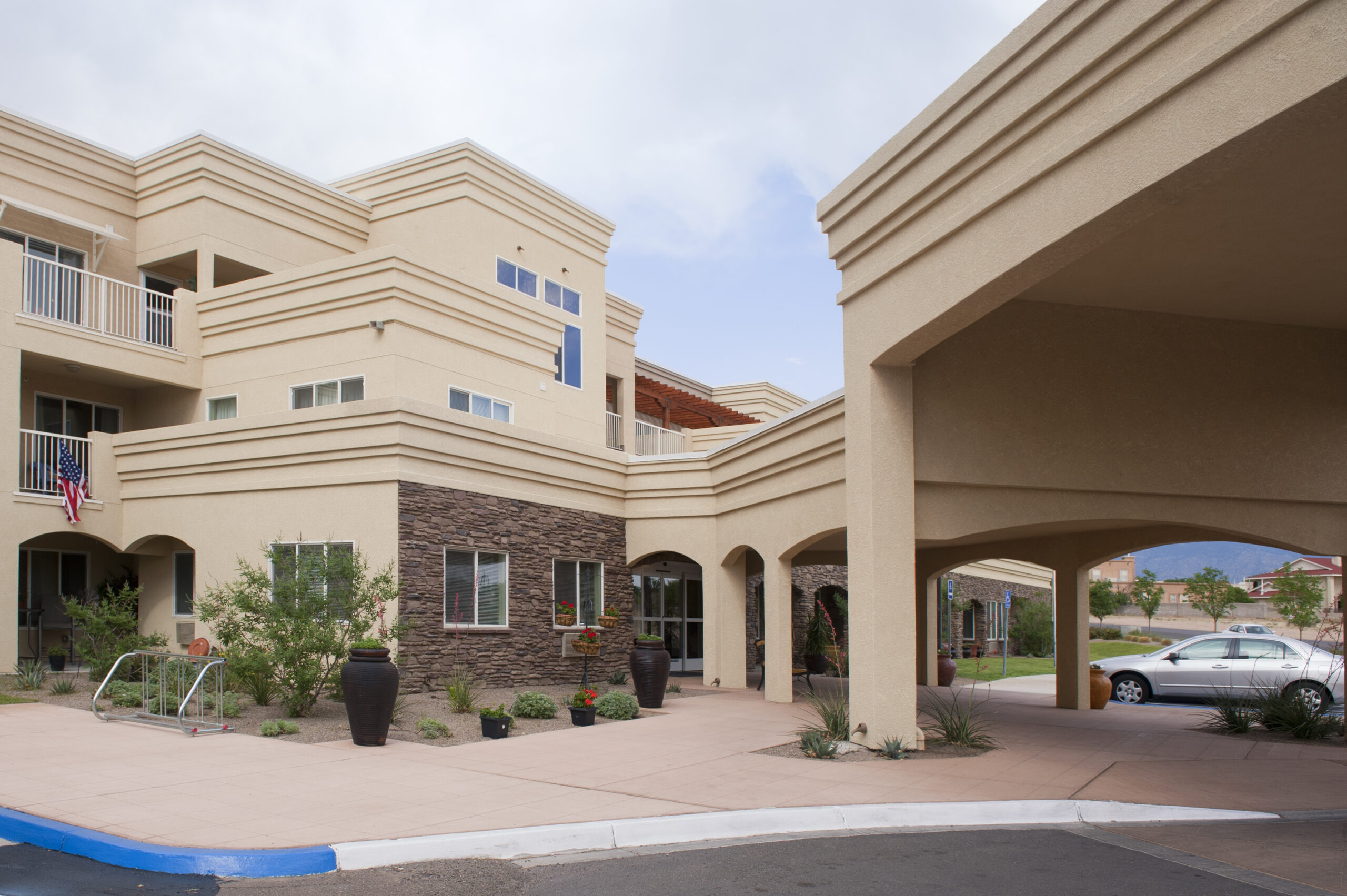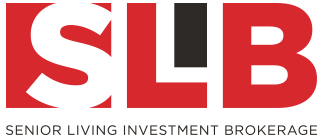
Lately, I have spoken with several Skilled Nursing facility owners about why capitalization rates are so much higher for Skilled Nursing facilities than Assisted Living and Independent Living facilities, not to mention other commercial real estate classes.
First off, a primer on how cap rates work. A cap rate is defined as the NOI divided by the purchase price of the facility. Using a very simple example, if a facility has $1 million in NOI and it has a 10% cap rate, the facility will be worth $10 million ($1 million / .1).
Average cap rates vary based on industry trends and interest rates, but currently average cap rate ranges are as follows:
- Independent Living – 7.0%-8.0%
- Assisted Living – 8.0%-9.5%
- Skilled Nursing – 12.5%-13.5%
1. Reliance on Government Reimbursement: There is no question that the majority of Skilled Nursing facilities rely on Medicaid and Medicare reimbursement for the majority of their revenue sources. Assisted Living typically has very little Medicaid reimbursement and Independent Living has no government reimbursement (unless it’s low income housing).
This can have an enormous impact on value because if the state cuts its Medicaid rate by 10%, every SNF in the state will lose 10% of its Medicaid revenue with little that the facility can do to recoup it. If the federal government cuts its Medicare rate by 5%, every SNF in the country will lose 5% of its Medicare revenue. This decline in revenue dramatically impacts the bottom line.
While other real estate classes are affected by economic trends, both nationally and locally, government reimbursement is an added risk for the Skilled Nursing class that needs to be factored into expected returns and hence, values / cap rates.
2. Additional Liability: As the acuity level of the residents increases, the risk of liability increases. A resident that needs more assistance is going to be more likely to have an accident or unexpected downturn in his/her health, which can lead to greater risk of a lawsuit. In states that do not have tort reform, this can be a large risk that is not easily insured against, even with liability insurance policies.
3. Increased Specialization in Care: Additionally, as the acuity level of the residents increases, the specialization and expertise needed to care for those residents increases. An operator of Skilled Nursing facilities needs to hire more competent staff with a greater level of skill in caring for residents than Assisted Living or Independent Living operators.
While an operator needs to consider the increased risk of running Skilled Nursing facilities, higher cap rates lead to greater investment returns than most other commercial real estate classes.


